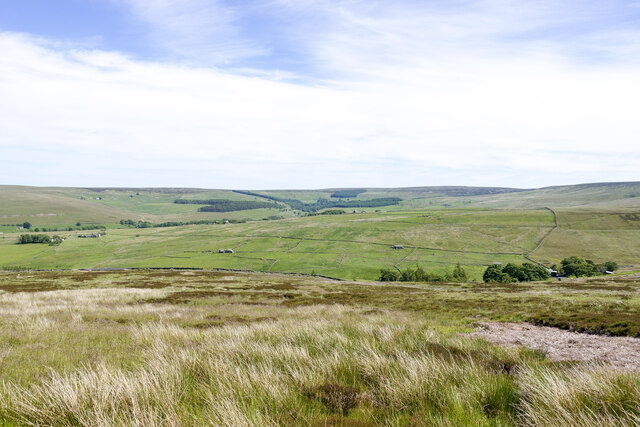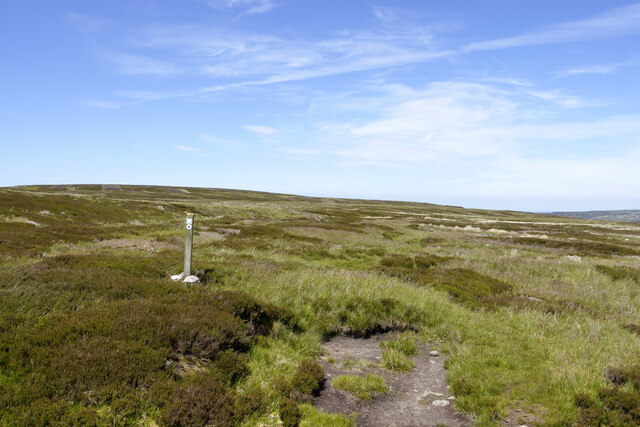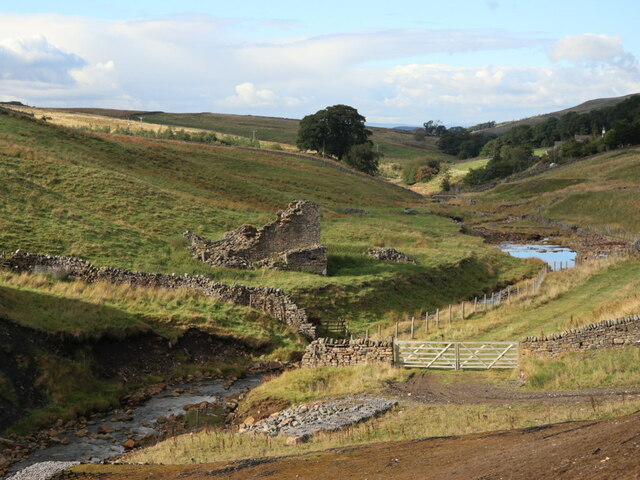Blackway Head
Hill, Mountain in Northumberland
England
Blackway Head
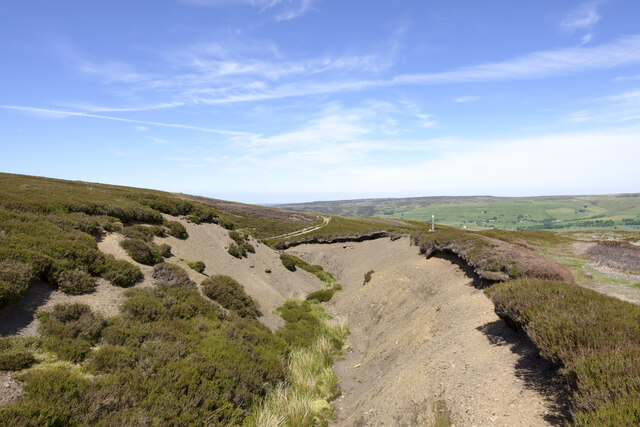
Blacklaw Head is a prominent hill located in the county of Northumberland, England. Situated in the North Pennines Area of Outstanding Natural Beauty, it offers breathtaking views of the surrounding landscape. With an elevation of approximately 400 meters (1,312 feet), it stands as one of the highest peaks in the region.
The hill is characterized by its distinctive conical shape and is predominantly covered in heather and grass, making it a haven for wildlife and plants. Its slopes are crisscrossed with walking trails that appeal to outdoor enthusiasts, offering a range of difficulty levels to cater to all abilities. These trails provide access to the summit, where visitors can enjoy panoramic vistas of the Northumberland countryside, including the Cheviot Hills and the Tyne Valley.
Blacklaw Head is also known for its rich history. The remains of an Iron Age fort can be found on its slopes, providing a glimpse into the area's past. The hill has also played a role in local folklore, with tales of supernatural happenings and mysterious sightings adding to its allure.
Due to its location within an Area of Outstanding Natural Beauty, Blacklaw Head is protected and preserved for future generations to enjoy. It attracts a steady stream of hikers, nature enthusiasts, and photographers, who are drawn to its natural beauty and tranquility.
In conclusion, Blacklaw Head in Northumberland is a prominent hill offering stunning views, diverse flora and fauna, and a rich historical and cultural heritage. It stands as a testament to the natural beauty and charm of the North Pennines region.
If you have any feedback on the listing, please let us know in the comments section below.
Blackway Head Images
Images are sourced within 2km of 54.817514/-2.2898986 or Grid Reference NY8147. Thanks to Geograph Open Source API. All images are credited.
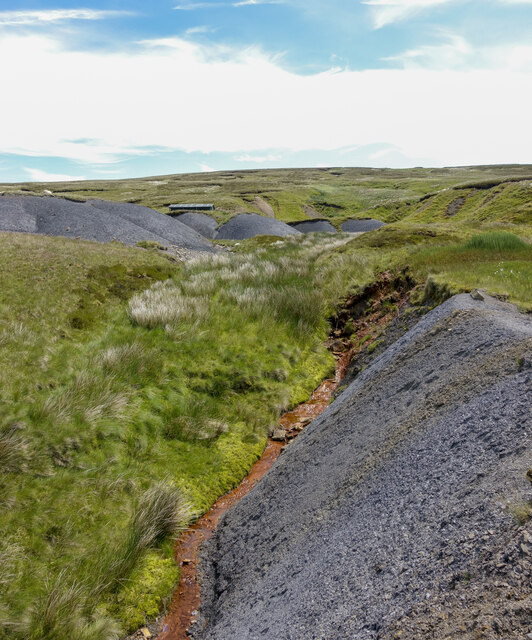
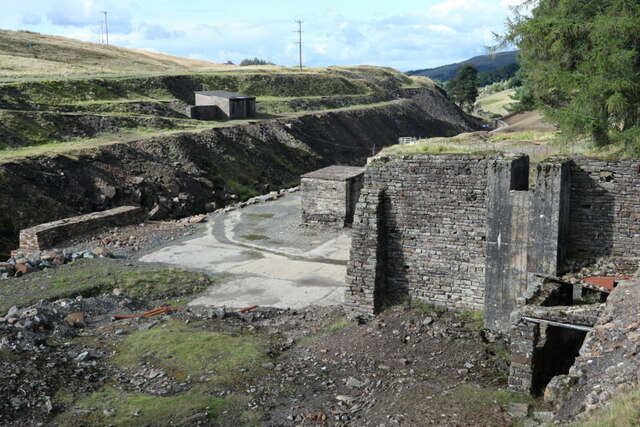
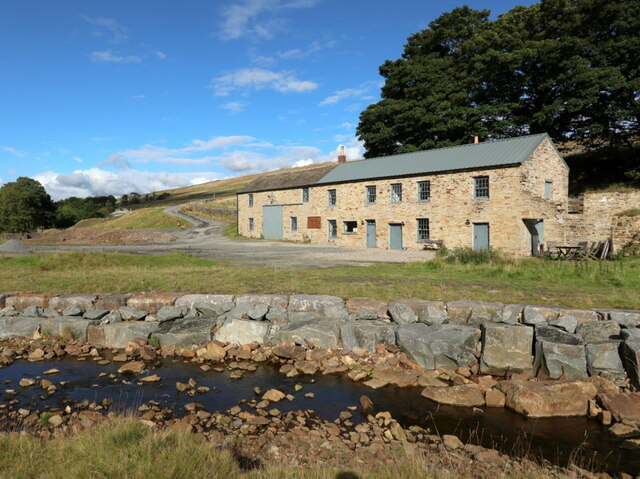
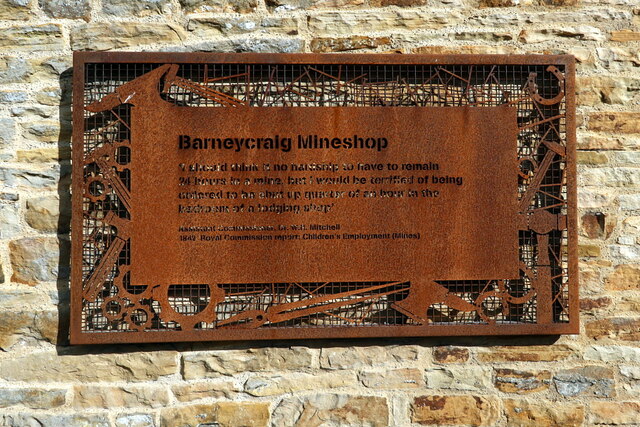
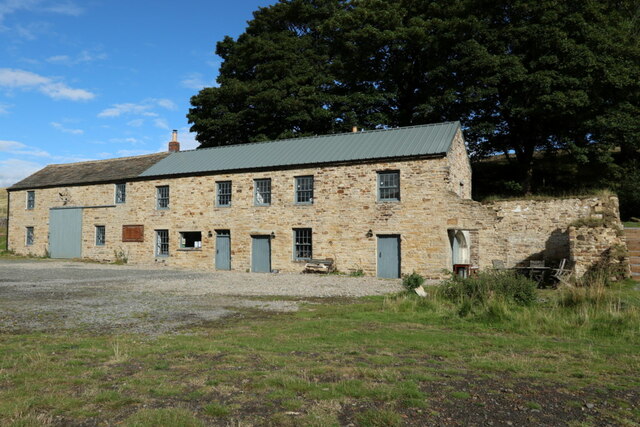
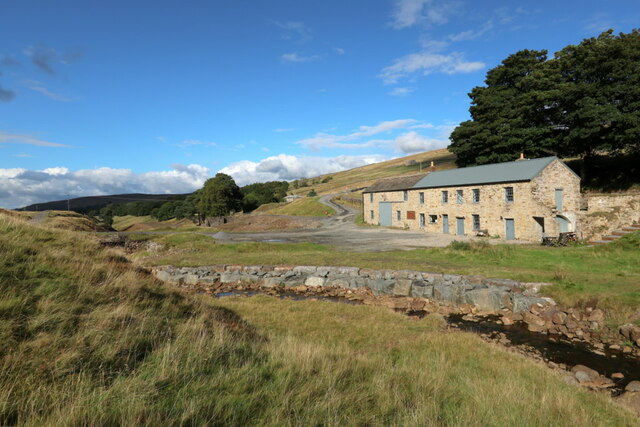
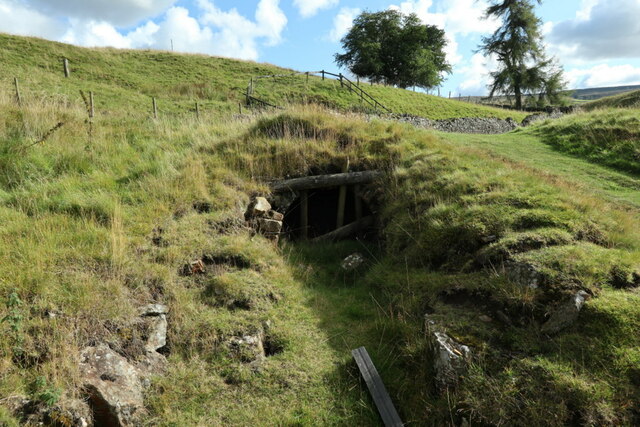






Blackway Head is located at Grid Ref: NY8147 (Lat: 54.817514, Lng: -2.2898986)
Unitary Authority: Northumberland
Police Authority: Northumbria
What 3 Words
///unicorns.cheetahs.taking. Near Alston, Cumbria
Nearby Locations
Related Wikis
Carr Shield
Carrshield is a village in Northumberland, in England. It is situated in the Pennines approximately between Penrith and Hexham. It is a small village with...
Allendale Moors
Allendale Moors is a Site of Special Scientific Interest (SSSI) in Northumberland, England. The upland moorland ridge site is listed for its heath, flush...
Coalcleugh
Coalcleugh is a hamlet in Northumberland, England. It is situated in the Pennines between Penrith and Hexham. In the past it was well known as a lead mining...
Throssel Hole Buddhist Abbey
Throssel Hole Buddhist Abbey is a Buddhist monastery and retreat centre located in Northumberland, in northern England. The monastic order is equally for...
Old Moss Lead Vein
Old Moss Lead Vein, also known as Killhope Head, is a Site of Special Scientific Interest in the Wear Valley district of County Durham, England. It consists...
Killhope Cross
Killhope Cross (elevation 627 m; 2,057 ft) is a mountain pass in the English Pennines. The pass divides Weardale to the east and Cumbria to the west. The...
Allenheads
Allenheads is a former mining village in the Pennines to the north of Weardale in Northumberland, England. Lead extraction was the settlement's industry...
Killhope
Killhope is a small settlement at the very highest end of Weardale in the civil parish of Stanhope, in County Durham, England. Killhope Pass, the road...
Related Videos
Carrshield Camping Barn - A few activities, part 1
Just what is there in the North Pennines? This video will hopefully give you some ideas of what you could be doing when you ...
July 2021 selection of photographs
A selection of photographs taken whilst walking around the moors and valleys of the North Pennines from the village of Carrshield ...
Nearby Amenities
Located within 500m of 54.817514,-2.2898986Have you been to Blackway Head?
Leave your review of Blackway Head below (or comments, questions and feedback).
